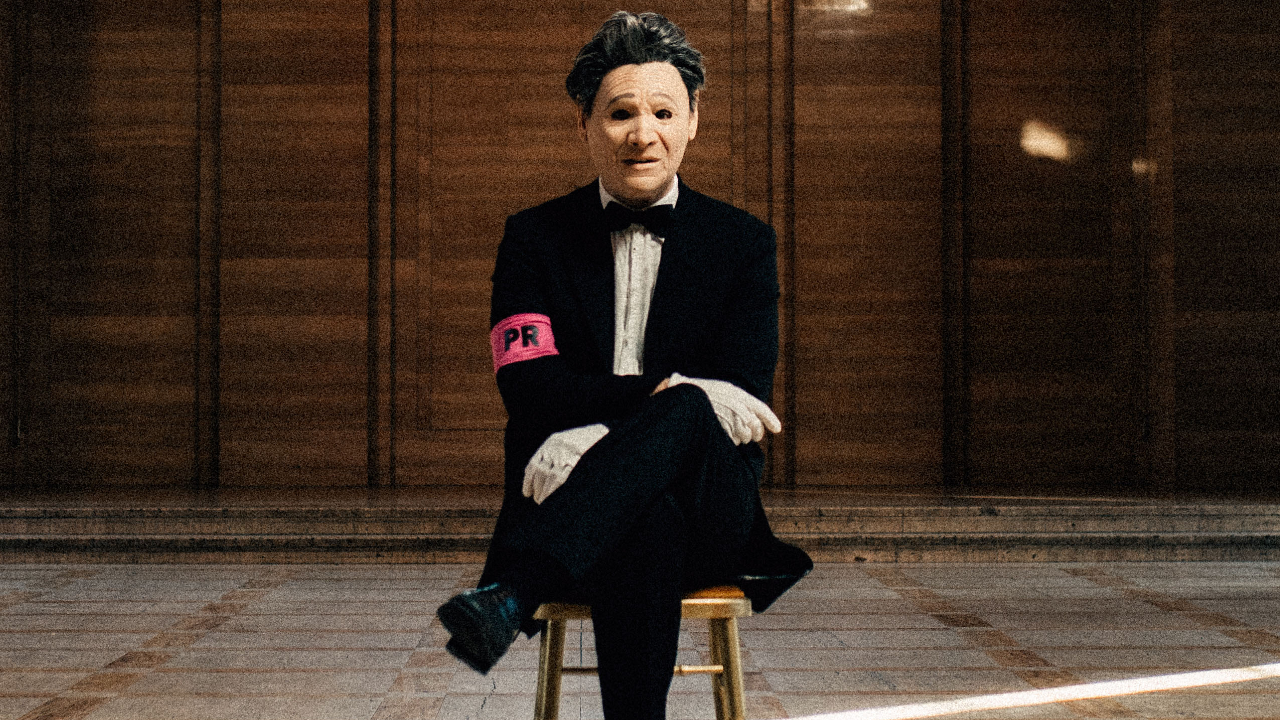ESP School of Metal Guitar: how to play guitar like Iron Maiden
Learn the playing secrets of some of the finest guitarists in metal with ESP's new video series
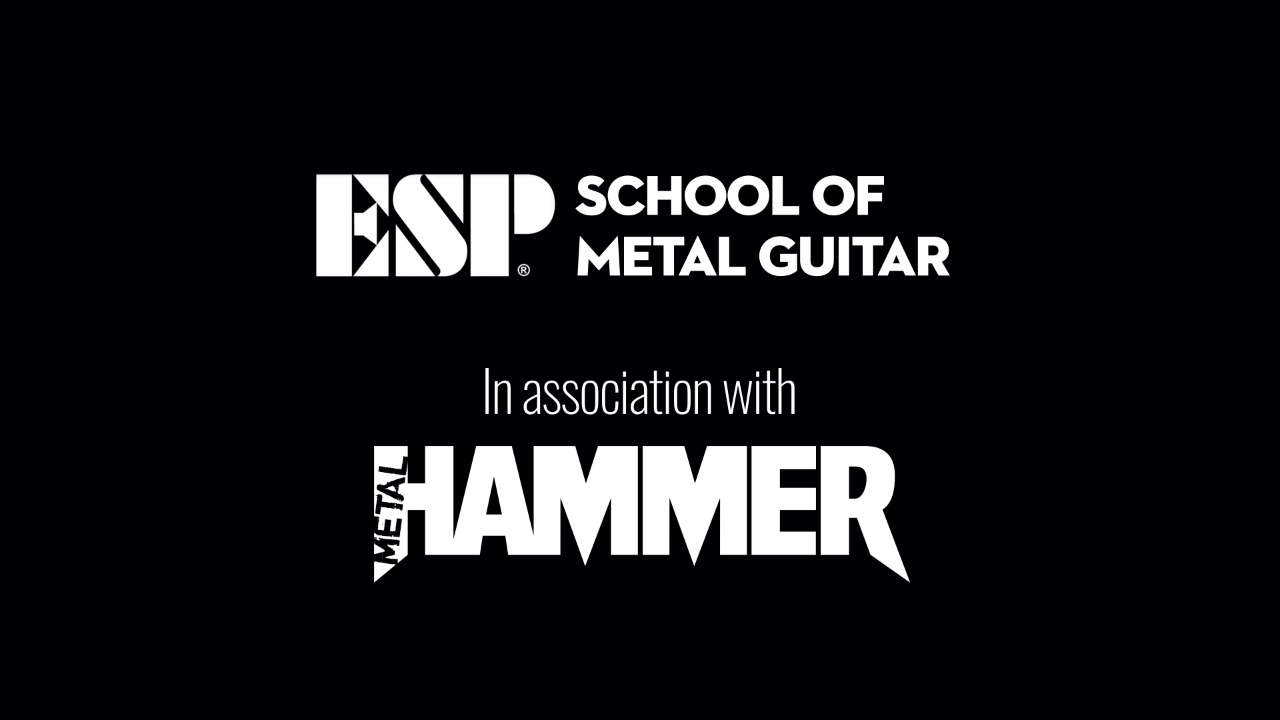
Welcome to the ESP School of Metal Guitar series, where we’ll be breaking-down how to play in the style of some of metal’s biggest guitar heroes. With a playalong track for each artist, as well as full tab and detailed explanation of our examples, you’ll be able to learn two guitar parts that will enable you to jam along to a song in the style of each band.
• ESP School of Metal Guitar: play guitar like Slipknot
• ESP School of Metal Guitar: play guitar like Parkway Drive
The final episode of the ESP School of Metal Guitar, our tutors Jamie Hunt and Pat Heath take a look at the biggest metal titans of all: Iron Maiden. With a three-guitar line-up featuring Adrian Smith, Dave Murray and Janick Gers, there’s a lot of scope for a lot of notes.
Iron Maiden frequently make use of this, too, but as we’ll see there’s a lot more to it than simply having three guitar players all performing the same role, and it’s this - along with Steve Harris’ phenomenal bass playing - that makes Iron Maiden’s sound so influential. Let's get started.
The guitars
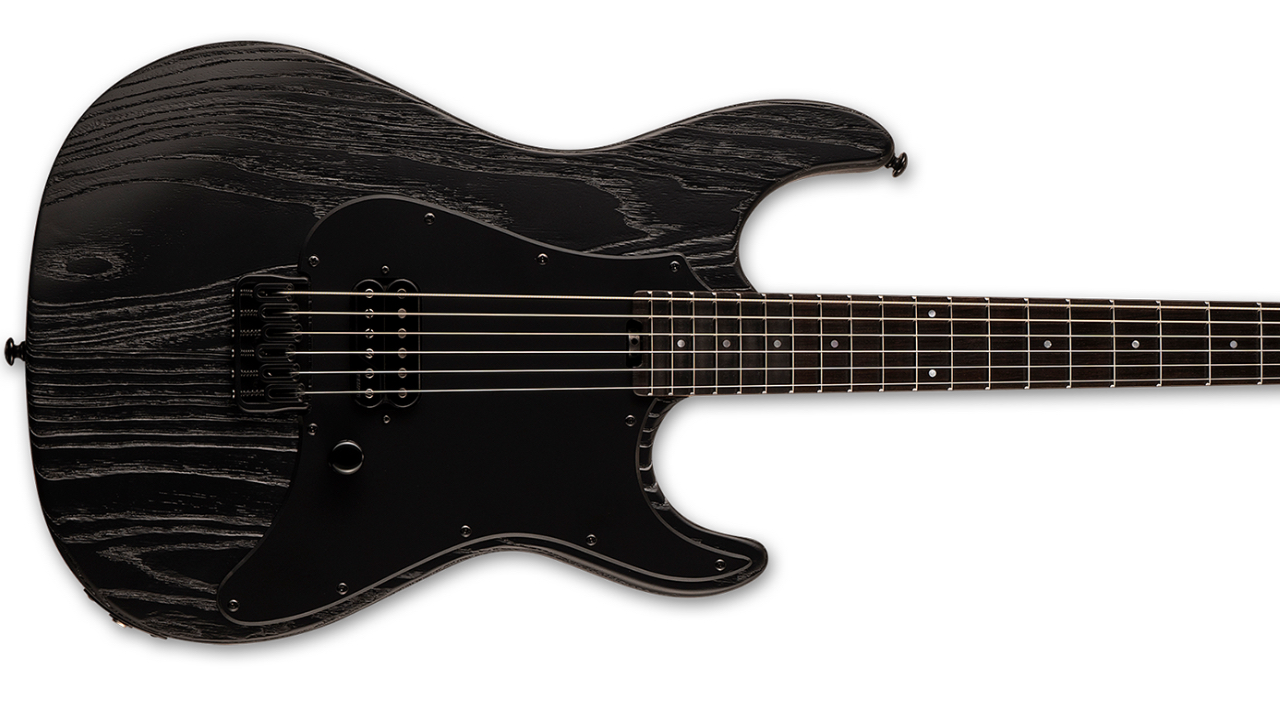
For this lesson, Pat and Jamie have both gone for hot-rodded doublecut type guitars. Jamie is playing an LTD SN-1 - a single-pickup guitar which features a Fishman Fluence humbucker in the bridge position, but it can also offer the sound of a single coil pickup thanks to the volume control’s push/pull switching.
The SN-1 includes a swamp ash body body, which has been finished in Black Blast - a sandblasted finish to bring out the wood grain. The thin U-shaped neck and 22 extra jumbo frets make this a speedy, stealthy, yet versatile electric.
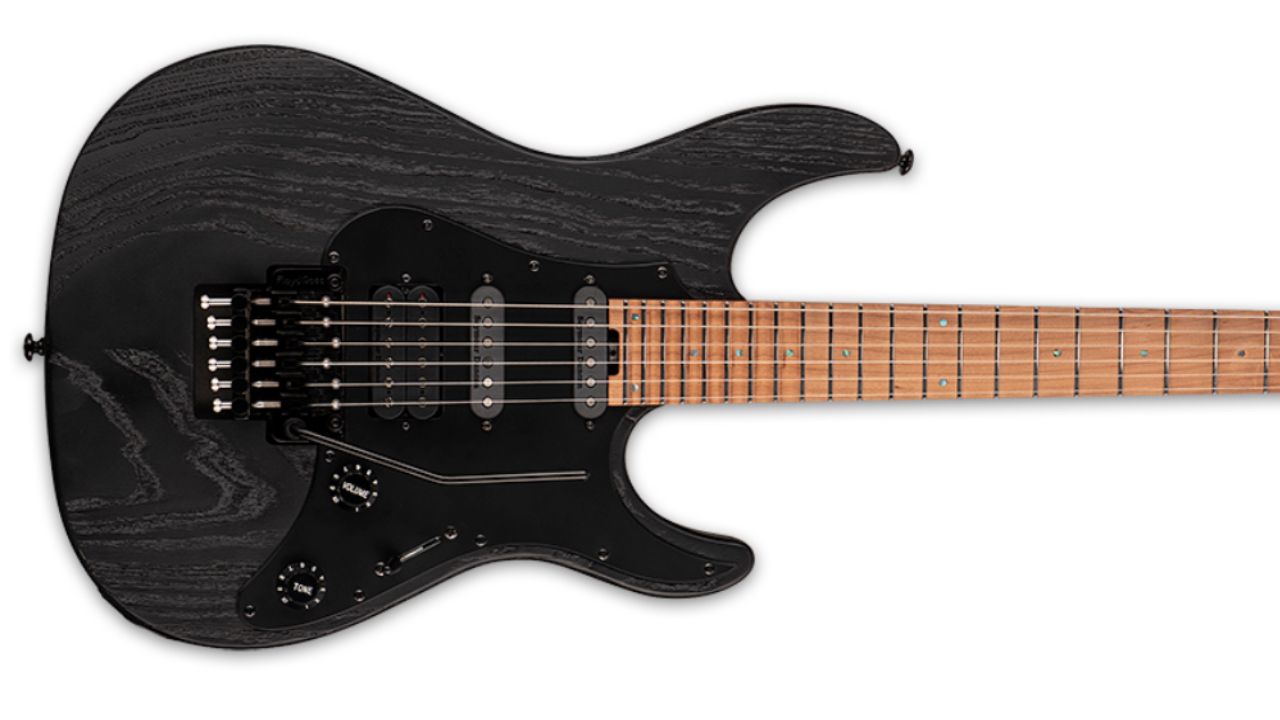
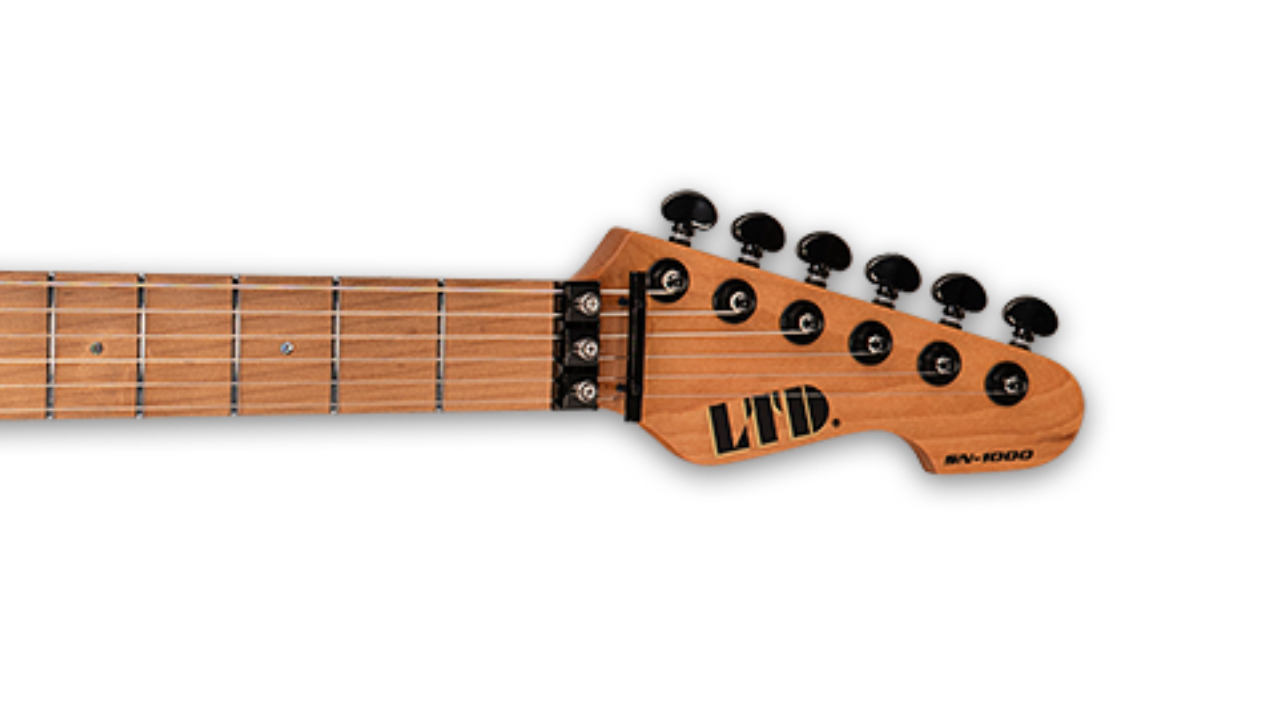
Similarly, the SN-1000FR played by Pat is also a swamp ash body, and has undergone the same sandblasting for a striking look. The neck is roasted maple, and features 24 extra jumbo frets, while the bridge is a vibrato-equipped Floyd Rose 1000SE model.
Electronically, the SN-1000FR is a more complex beast, with a trio of pickups blending two Seymour Duncan Hot Strat single coils in the neck and middle positions, and a Seymour Duncan Pegasus humbucker in the bridge.
Tuning

Unlike the other episodes in this series, our Iron maiden tutorial puts us in standard tuning. You can easily use any guitar tuner to get yourself up to pitch. We’re aiming for (low to high) E-A-D-G-B-E. Simple!
Intro/The Gallop
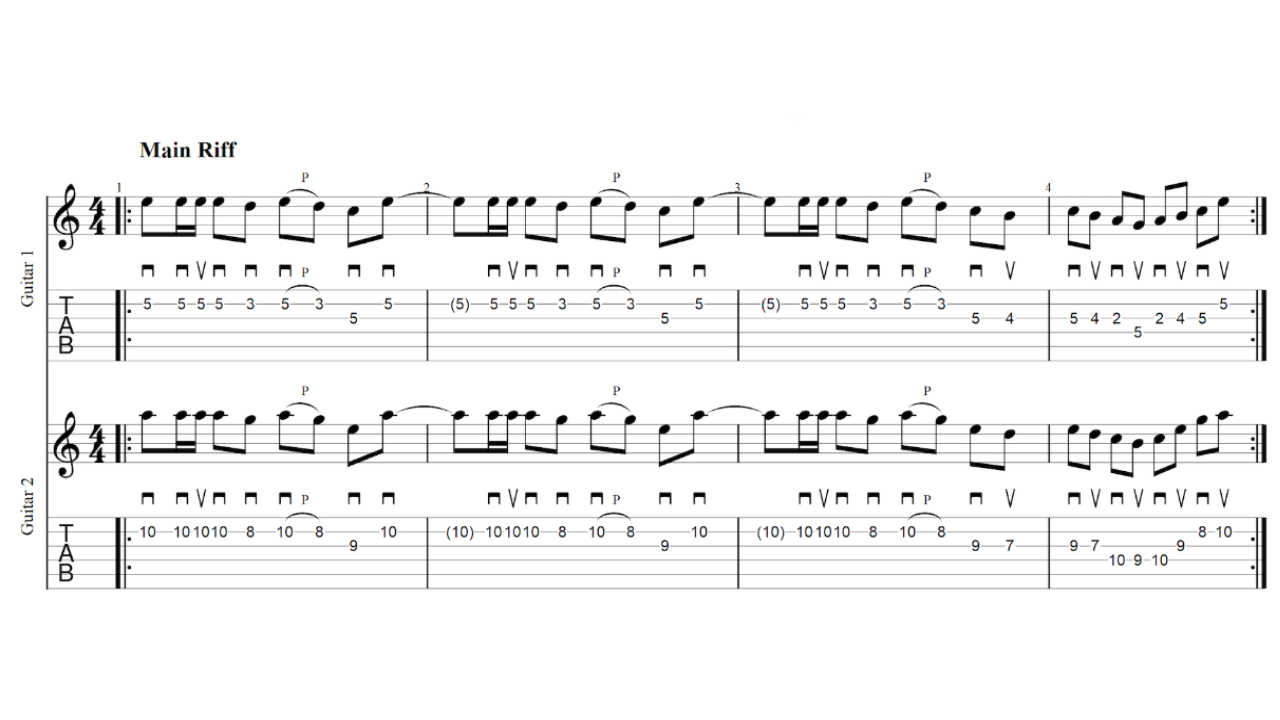
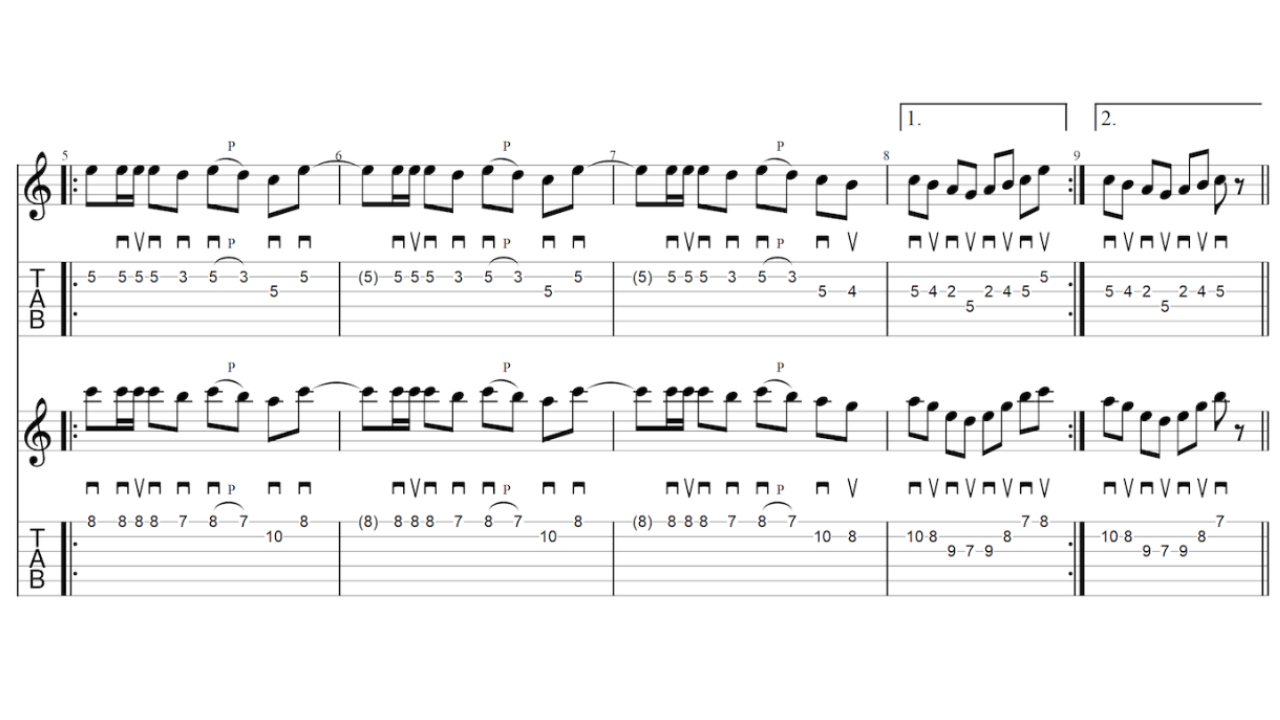
'The Gallop' (named after its resemblance to horses galloping into battle) is a staple part of many Iron Maiden songs.
Forming the rhythmic foundation of the rhythm guitar and bass parts, it’s a simple repeating phrase comprising an eight note and two sixteenth notes to create the ‘1-&-a” pattern on every beat.
As Jamie explains, these notes are played using two downstrokes followed by and upstroke with the pick.
The song opens with a typically-Maiden style set of stabs, accompanied by a dual-lead guitar part. In this case, the lead guitars are playing the galloping rhythm, and the lead phrase is doubled, then harmonised for two guitars.
Pat is playing his part using the A Aeolian/natural minor scale, while Jamie is harmonising using a combination of thirds and fourths for a slight Medieval slant. Pure Iron Maiden!
Rhythm guitar parts
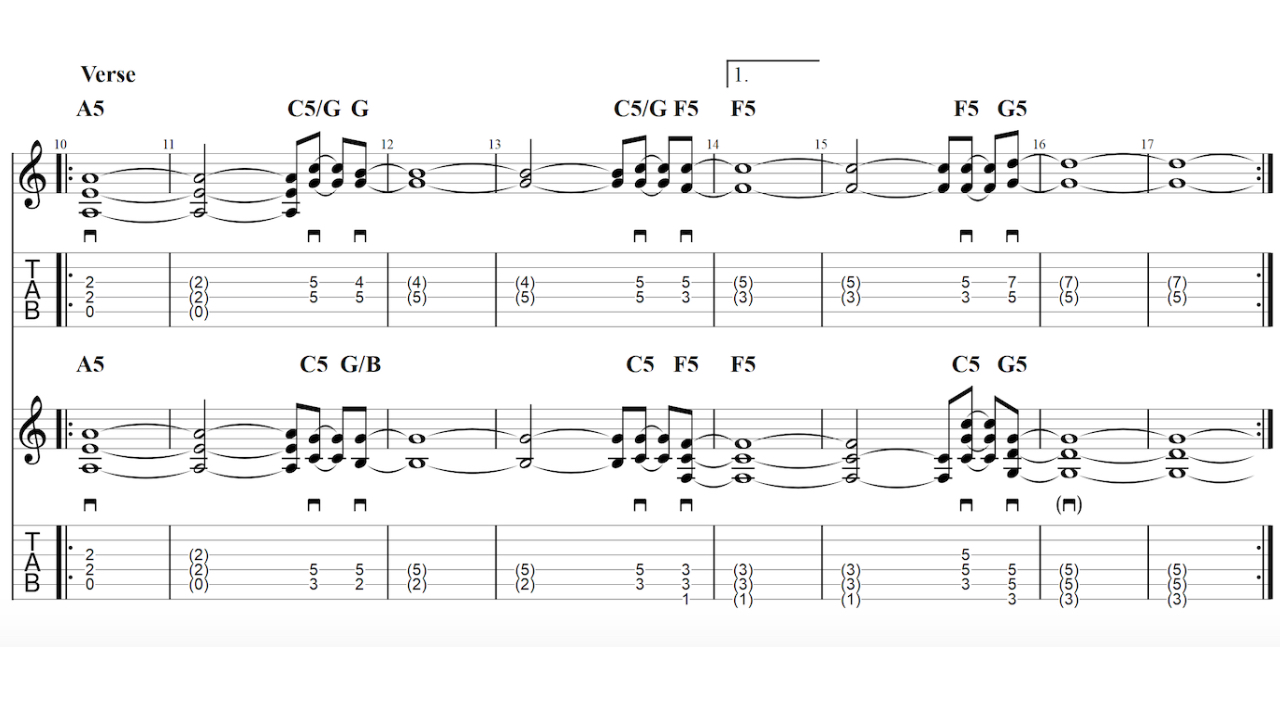

The song is in the key of A minor, and mostly uses simple powerchord voicings for Jamie’s part: A5, C5, G/B, back to C5, F5, then finally the C5 and G5. Don’t be put off by the G/B - here we’re simply shifting the root note of the C5 down a semitone, while leaving the fifth (a G on the fourth string at the fifth fret) in place.
As you might recognise from playing an open G chord, this essentially just places the G chord’s third (the 2nd-fret B) in a lower register than the root note (the 5th-fret G), giving us a more interesting inversion.
Guitar two’s part (played by Pat) adds some similarly simple chord shapes, but rather than simply doubling the same part, Pat is playing in different registers. This is a great way off adding not only interest to a dual-guitar line-up, but it also helps to add size and width when the two guitars play together.
When playing live, you’ll find it’s an effective way to help both guitars find their own space, and on recordings it can help to produce a huge sound.
Solo one: Adrian Smith style
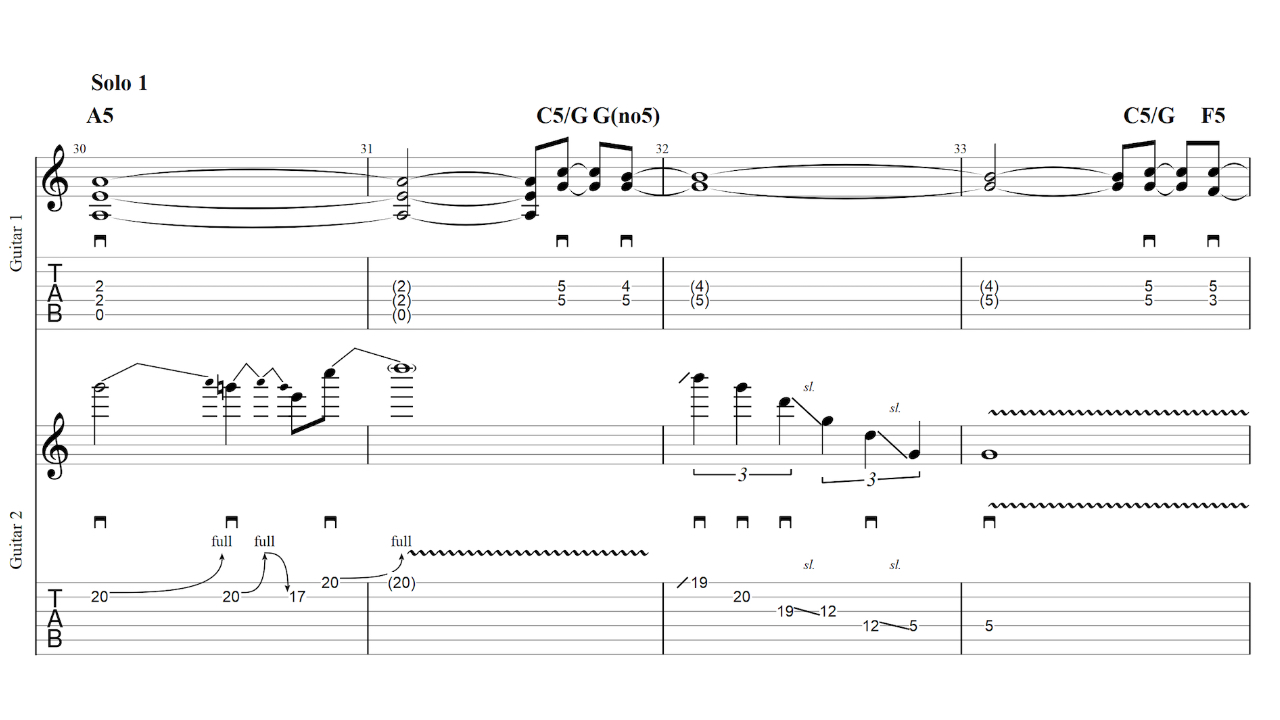
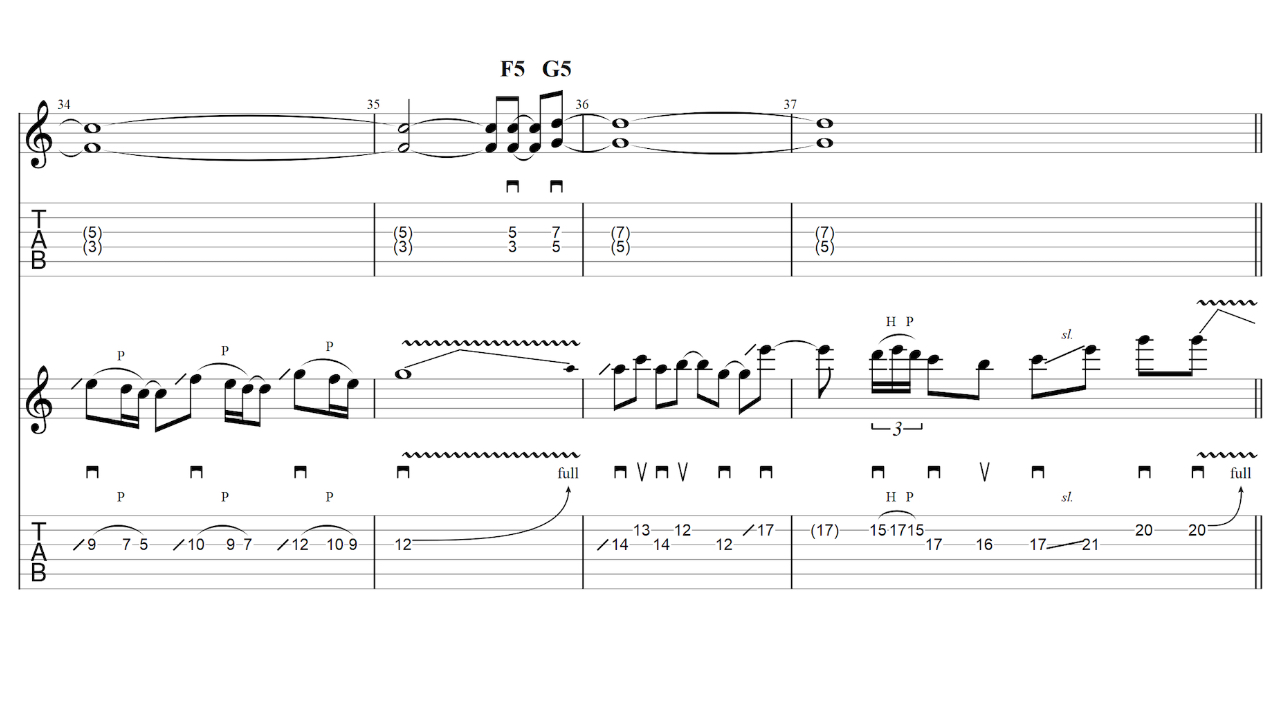
As Jamie explains, Adrian Smith has a very melodic approach to his lead playing, often targeting notes from the bass and rhythm guitar parts to incorporate into his phrasing.
This is demonstrated by Jamie’s solo which picks out root, third and fifth notes from the chords that he’s playing over. The solo follows the chords, and ends on a screaming root note of the A chord played with a full bend at the 20th fret.
Solo two: Dave Murray style
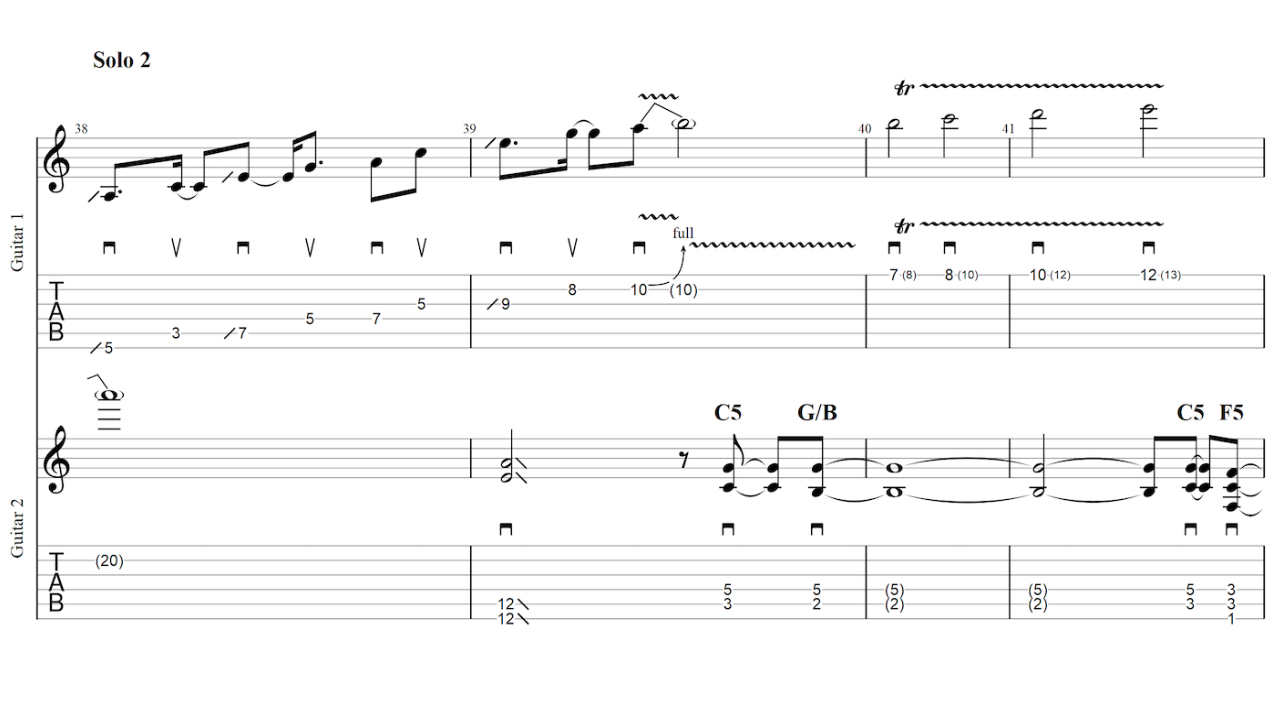

Pat takes the second solo, this time aping Dave Murray’s lead approach. Once again, you’ll notice that key to a dual or triple-pronged guitar line-up is contrast. Pat starts off by playing in the lower register, using the neck pickup of his guitar for some tonal variation and picking the A minor pentatonic scale.
This lends a bluesier flavour to Pat’s solo, incorporating 9ths and moving away from the more arpeggiated feel of Jamie’s Adrian Smith-style solo.
Pat adds some Dave Murray-style trills - fast hammer-ons between two notes - to inject some energy, before moving to an impressive (but deceptively accessible) sixteenth-note phrase. This incorporates the open first string, interspersed with notes fretted at the 10th, 12th and 13th frets for a machine-gun-like lead phrase based around ‘Killers’.
Pat’s final passage in the solo leads him back comfortably to where he needs to be to pick up the harmonised lead part for the outro.
Download the TAB
Click below to download complete two-guitar transcriptions of our playalong
• Page one
• Page two
• Page three
• Page four
• Page five
For more information on ESP and LTD guitars, or to find your nearest stockist, check out the ESP website.
The latest news, features and interviews direct to your inbox, from the global home of alternative music.
Founded in 1983, Metal Hammer is the global home of all things heavy. We have breaking news, exclusive interviews with the biggest bands and names in metal, rock, hardcore, grunge and beyond, expert reviews of the lastest releases and unrivalled insider access to metal's most exciting new scenes and movements. No matter what you're into – be it heavy metal, punk, hardcore, grunge, alternative, goth, industrial, djent or the stuff so bizarre it defies classification – you'll find it all here, backed by the best writers in our game.

